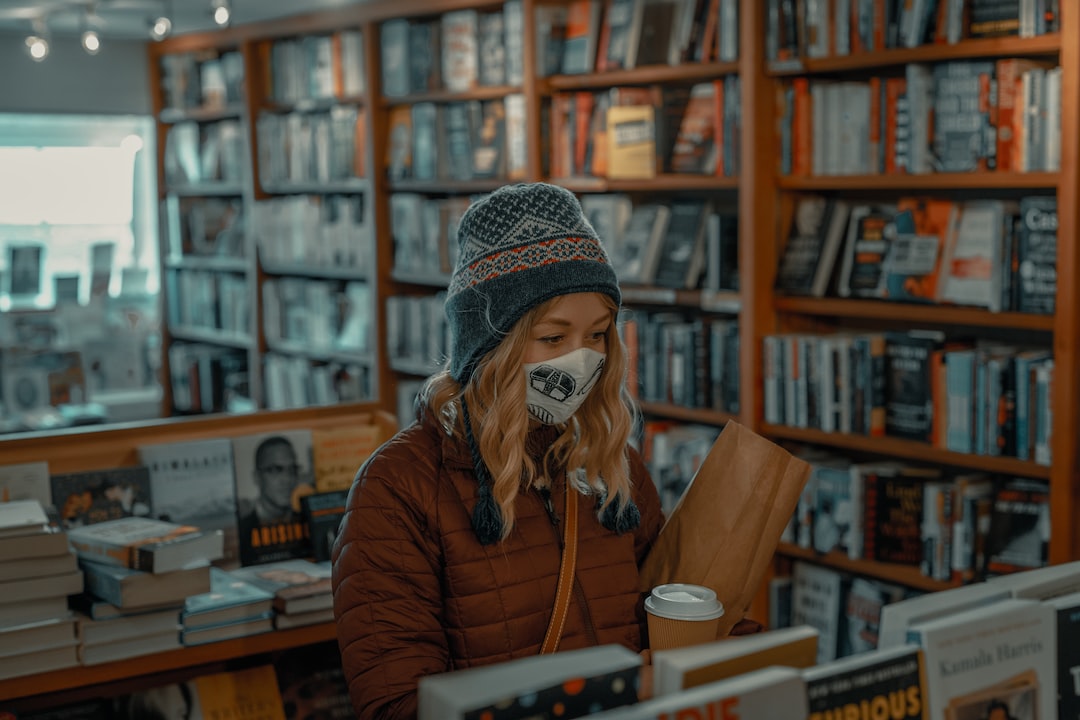Are you attending a housewarming party and struggling to find the perfect gift? Housewarming parties are a great opportunity to celebrate a friend or family member’s new home and show them how much you care. However, finding the ideal gift can be a challenging task. You want to give something unique and thoughtful that will be appreciated and remembered for years to come. To help you out, we have put together a guide on how to choose the perfect gift for a housewarming party.
1. Consider their personal style: When selecting a gift, it is essential to consider the recipient’s personal style and taste. Take a moment to think about their home decor preferences. Do they prefer a traditional, modern, or rustic style? This will give you an idea of the type of gift that would complement their home and make them feel comfortable. For example, if they have a minimalist style, consider buying them a sleek and modern piece of artwork or a stylish decorative vase.
2. Focus on functionality: Another important factor to consider is the functionality of the gift. Opt for something that the recipient can use in their day-to-day life. Practical gifts are often appreciated as they serve a purpose and are a constant reminder of the person who gave it. Some great options include kitchen gadgets, high-quality cookware, or even a personalized doormat.
3. Personalize the gift: Adding a personal touch to your gift can make it more meaningful and memorable. Consider customizing your present by engraving the recipient’s initials or a special message. This could be done on items like cutting boards, wine glasses, or even a doormat. Personalized gifts show that you have put thought and effort into finding something unique just for them, which can make a lasting impression.
4. Think outside the box: If you want to avoid the clichés of housewarming gifts, think outside the box. Look for items that are not traditionally associated with moving into a new home but are still practical and interesting. For example, a subscription to a cooking class or a wine tasting session would provide an experience that the recipient can enjoy in their new home. And don’t forget, experiences often create more lasting memories than physical items!
5. Support local businesses: Instead of purchasing generic gifts from big-box stores, consider supporting local businesses. Local boutiques, craft markets, or artisans often offer unique and handmade items that are not mass-produced. By choosing to buy from local businesses, you are not only giving a one-of-a-kind gift but also contributing to your community’s economy.
6. Consider their hobbies and interests: When in doubt, consider the recipient’s hobbies and interests. If they enjoy gardening, a set of gardening tools or a potted plant would be perfect. If they are wine enthusiasts, a wine decanter or a set of wine glasses would make a great gift. By selecting a gift that aligns with their passions, you are showing that you know them well and have taken the time to find something they will truly enjoy.
7. Give the gift of relaxation: Moving into a new home can be stressful and overwhelming. Help your loved one unwind and relax with a pampering gift. A scented candle, a luxury bathrobe, or a cozy blanket can create a calming atmosphere and provide much-needed relaxation after a long day of unpacking.
In conclusion, choosing the perfect gift for a housewarming party requires thought and consideration. By considering the recipient’s personal style, focusing on functionality, and personalizing the gift, you can ensure that your present is unique and well-received. Thinking outside the box, supporting local businesses, and considering their hobbies and interests are also great ways to find a gift that will truly make a lasting impression. Remember, the most important thing is to show the recipient that you care and have put effort into finding something special to celebrate this new chapter in their life.









